The “Tailgate Wars” Are Back On With Ford’s New “Pro Access Tailgate”
While It Does Bring Some Good Ideas, It Falls Short Of Ram's Multifunction Unit...
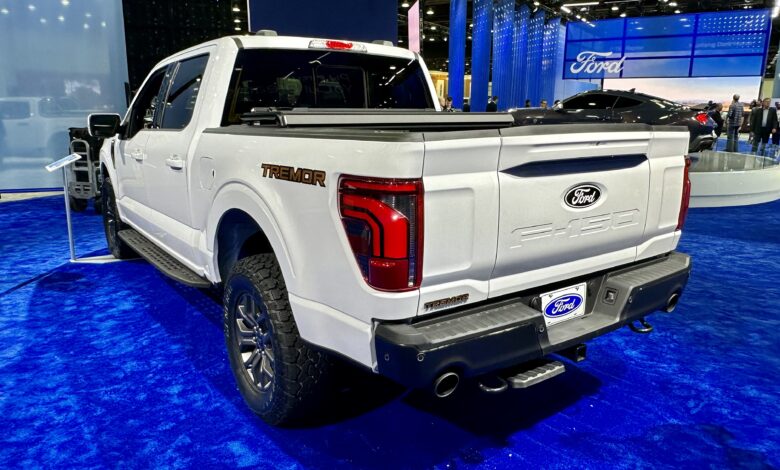
Over the past few years, the truck landscape witnessed the emergence of the “tailgate wars” between General Motors (GM) and Fiat Chrysler Automobiles (FCA), now Stellantis. GM fired the first shot with their groundbreaking MultiPro tailgate, featuring a primary gate and a smaller inner gate that offered a plethora of functions, from bed extension to step entry.
In response, FCA unveiled the Ram Multifunction Tailgate, distinguished by its 60/40 split design. While opinions were divided on its aesthetics, its dual side-hinged doors significantly enhanced bed accessibility and utility. This design allowed for easy curbside loading and brought users closer to the bed, simplifying tasks like loading, unloading, and washout.
What truly sets the Ram Multifunction Tailgate apart is its trailer-friendly nature, eliminating the need to remove the trailer and hitch before opening. Boasting an impressive 2,000-lb. load rating, it retains the capabilities of a traditional tailgate. Offering four configurations, it provides flexibility for various scenarios.
The tailgate wars even spilled over into Twitter, with both GM and FCA engaging in a spirited back-and-forth about the merits of their respective designs.
Flag on the play. False start. Check back with us on 2/7/19. Unanimous #MTTOTY #RamTrucks pic.twitter.com/CfEwIuM7PX
— Ram Trucks (@RamTrucks) January 31, 2019
As an automotive journalist, I initially had reservations about the Multifunction Tailgate’s appearance. However, after extensive testing, I became a staunch advocate. For those who genuinely utilize their pickups, it’s a game-changer. You might recall the recent video I posted discussing why I’m so enamored with the Multifunction Tailgate.
Recently, Ford introduced their 2024 F-150 with their take on a multifunction tailgate—the “Pro Access Tailgate.” Unfortunately, it falls short in comparison. While it can emulate half of Ram’s design, it lacks the versatility to access the entire tailgate width without dropping it entirely. Moreover, its placement in the center only provides a fraction of the opening capability.
I had the opportunity to spend some time with the new Pro Access Tailgate at the North American International Auto Show (NAIAS) last week in Detroit. Some journalists were puzzled by the decision to place the opening mechanism in the center of the tailgate and questioned why it doesn’t open the entire width of the bed like the Ram Multifunction Tailgate. Ford assured us that its engineering and design team believed this was the optimal placement for the driver to access the bed with a trailer attached, as the tailgate door swings to a 37-degree angle without interfering with most trailer hitches. However, while the Pro Access Tailgate allows the driver to access the bed swiftly, they are limited to retrieving items no larger than a cooler from the back.

While with the Ram 1500, you do need to move to the passenger side to access the smaller part of the Multifunction Tailgate and open the long side first before accessing the smaller side, it offers deeper access into the bed, albeit limited to the passenger side of the box, itself.
The Ford design falls short in everyday use; the inability to open the entire tailgate limits the practicality of the Pro Access Tailgate. So, while Ford may have an advantage when towing a trailer, the overall functionality of the Multifunction Tailgate makes it far more versatile for everyday use.

One other aspect that puzzled me was the placement of the electronic button to open the Pro Access Tailgate. It’s situated on the far left side of the opening door, which requires a few seconds to locate before opening. In contrast, Ram’s button is conveniently located just below the tailgate handle, making it much easier to find, especially when in a rush or with hands full.
In the end, for devoted Ram enthusiasts, Ford’s offering doesn’t justify a switch to the F-150. While Ford has an impressive legacy of tailgate innovation, Ram still holds the upper hand in this round.

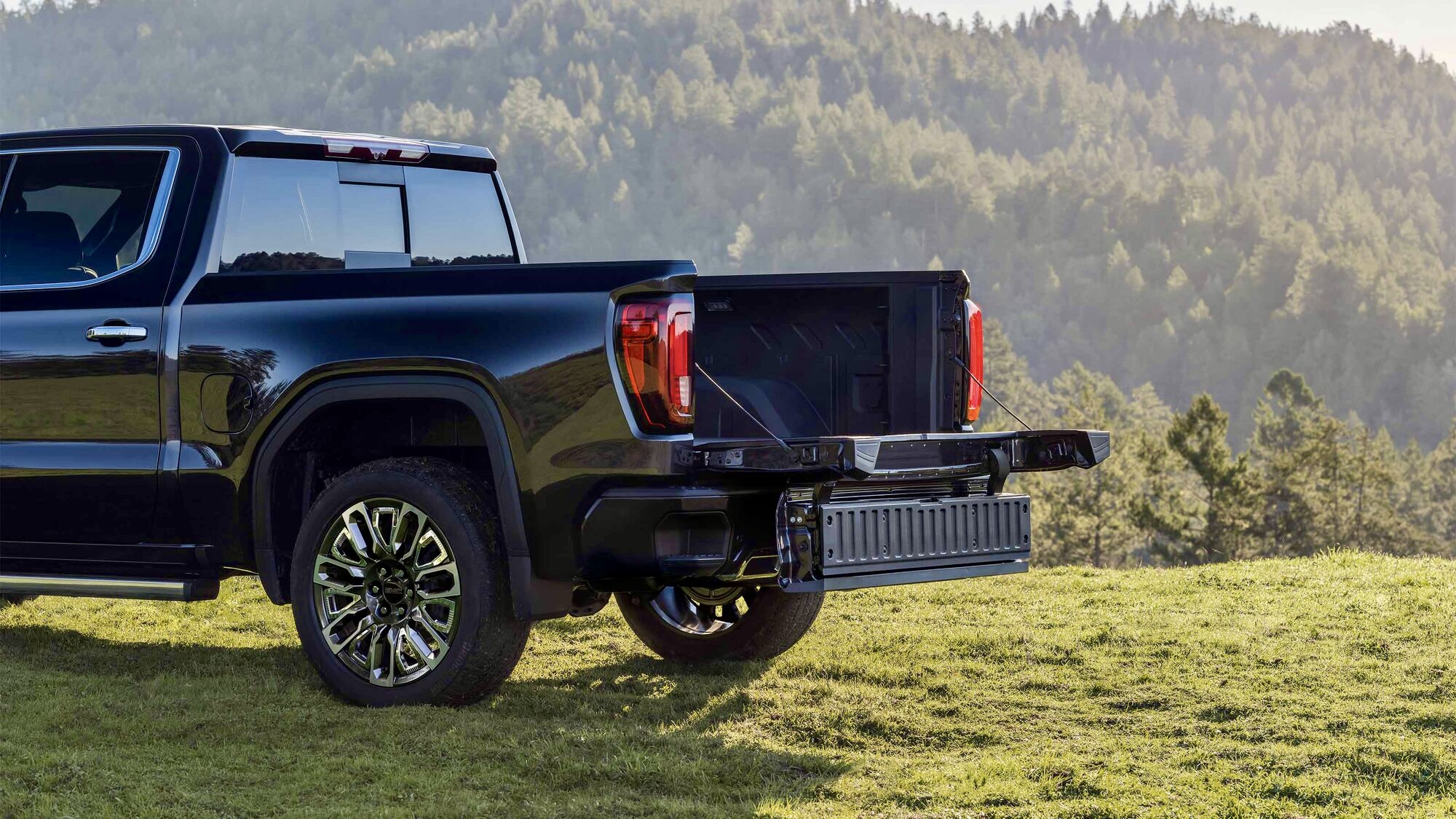

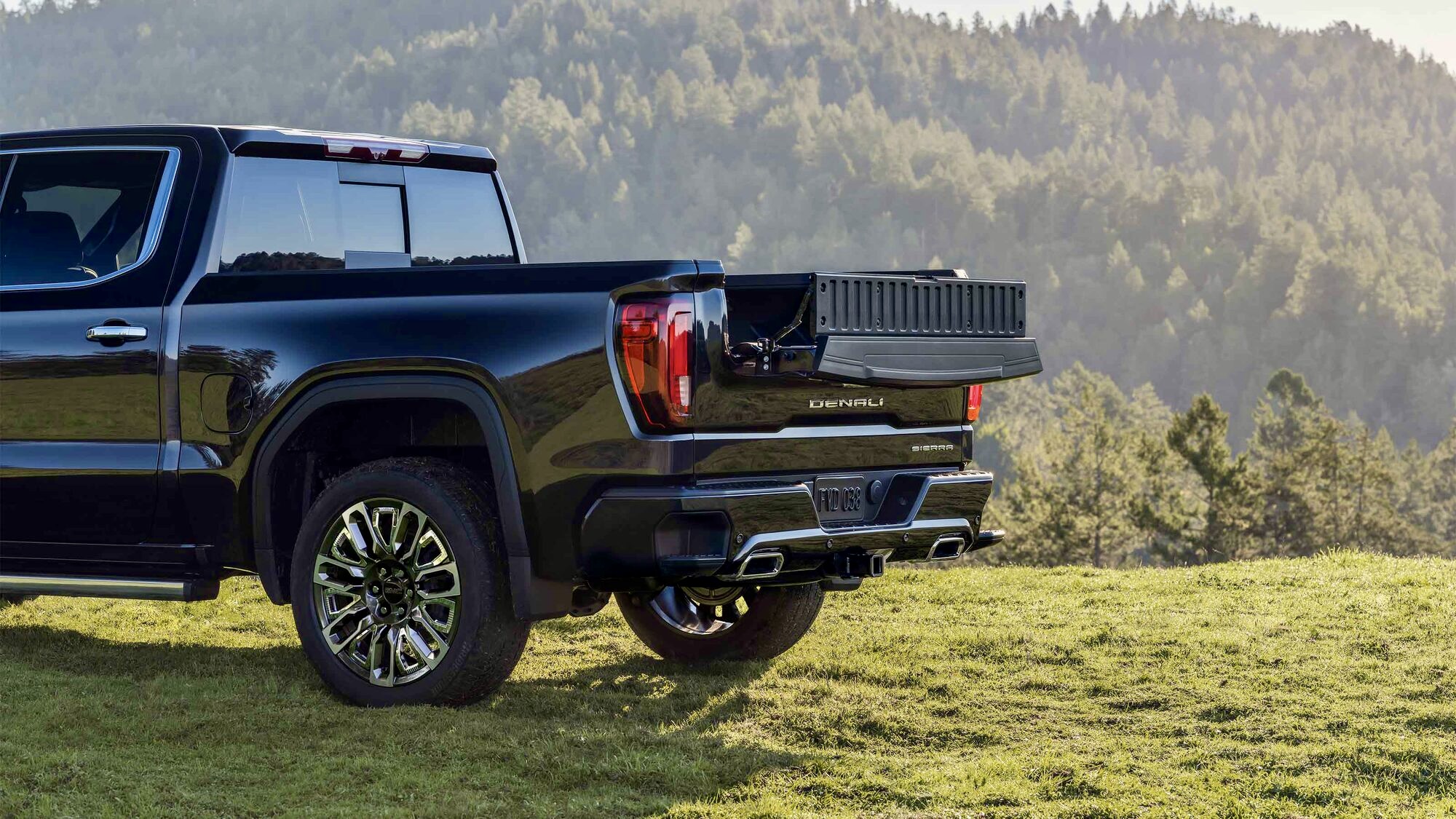
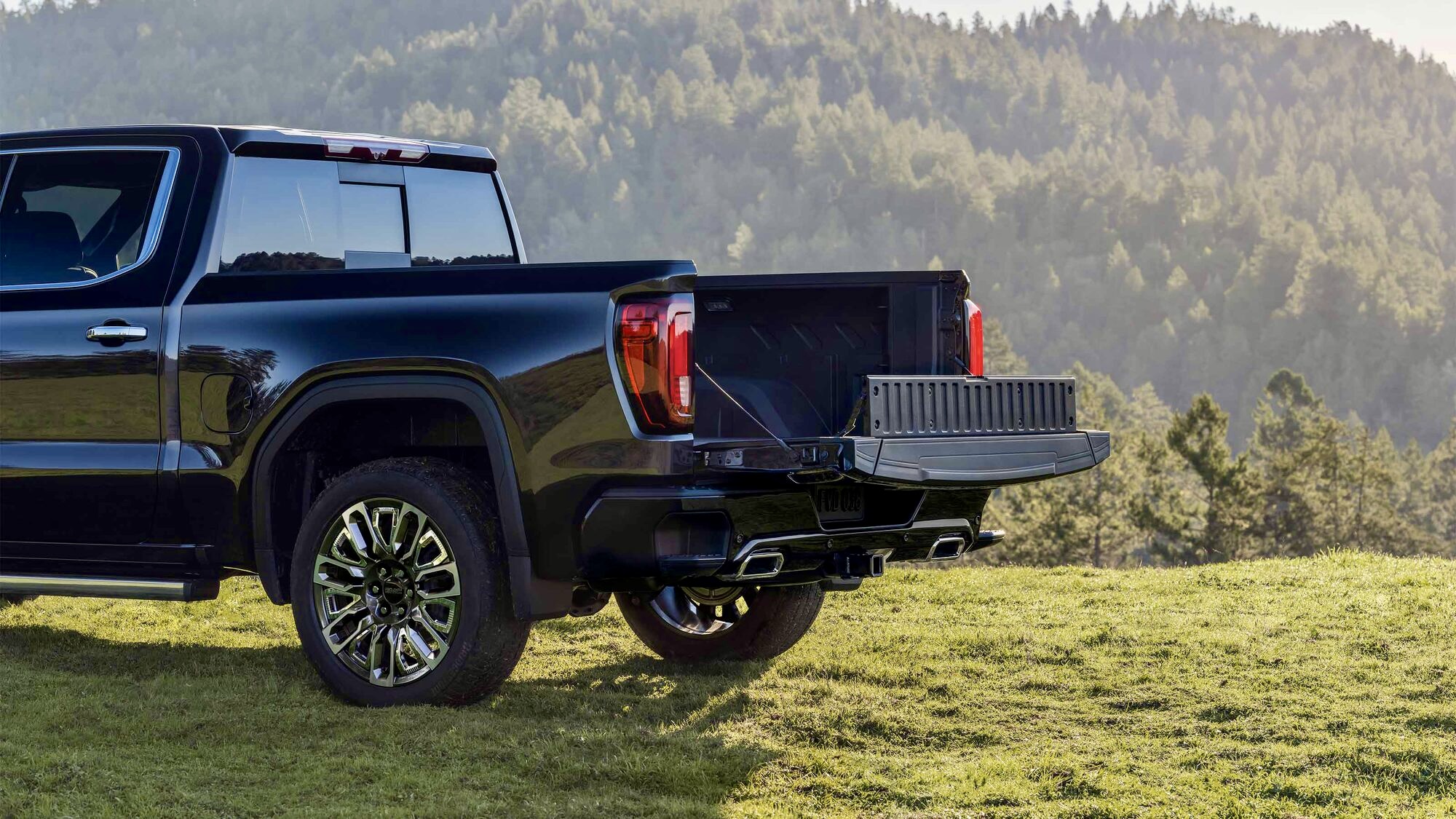
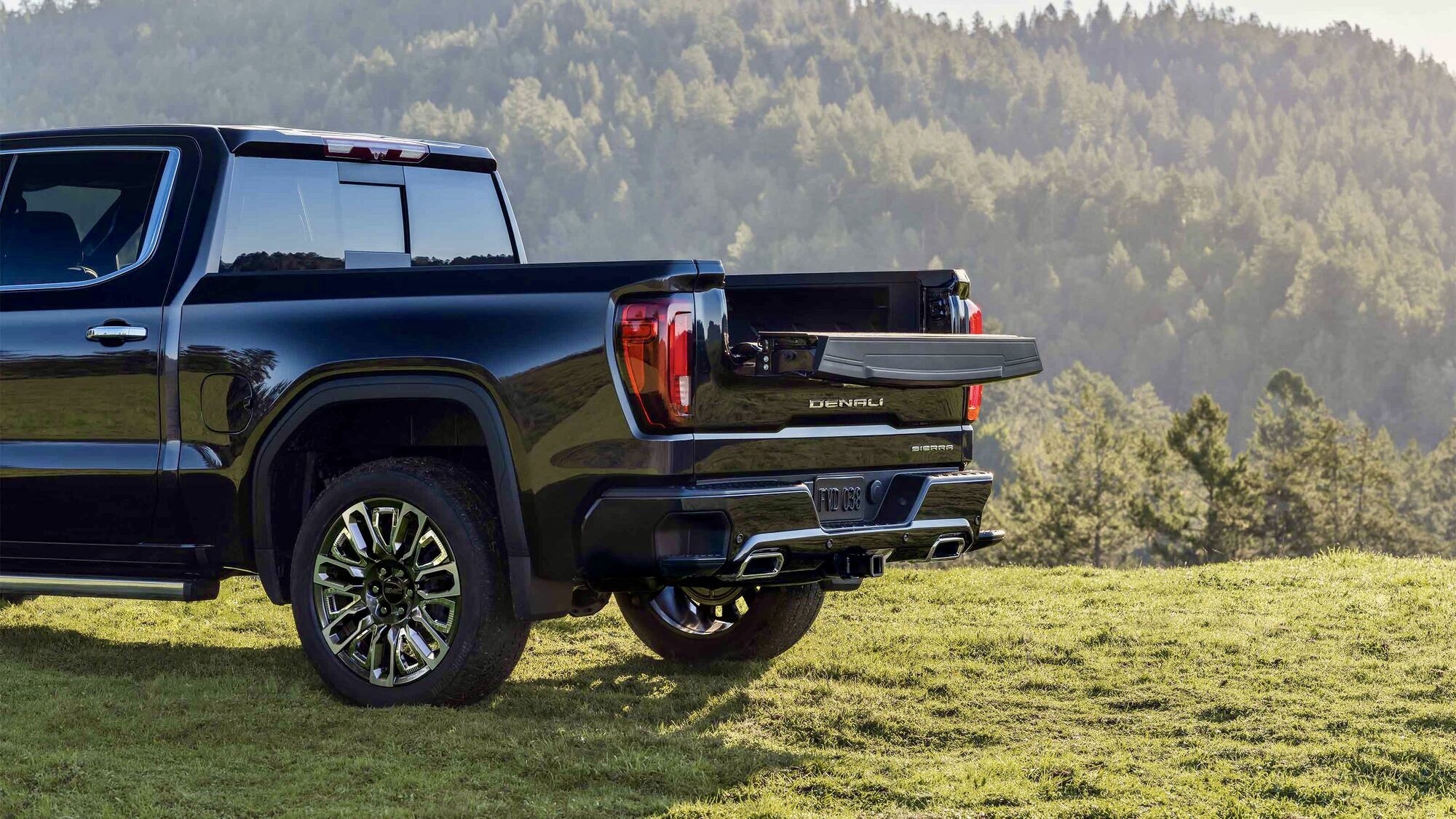
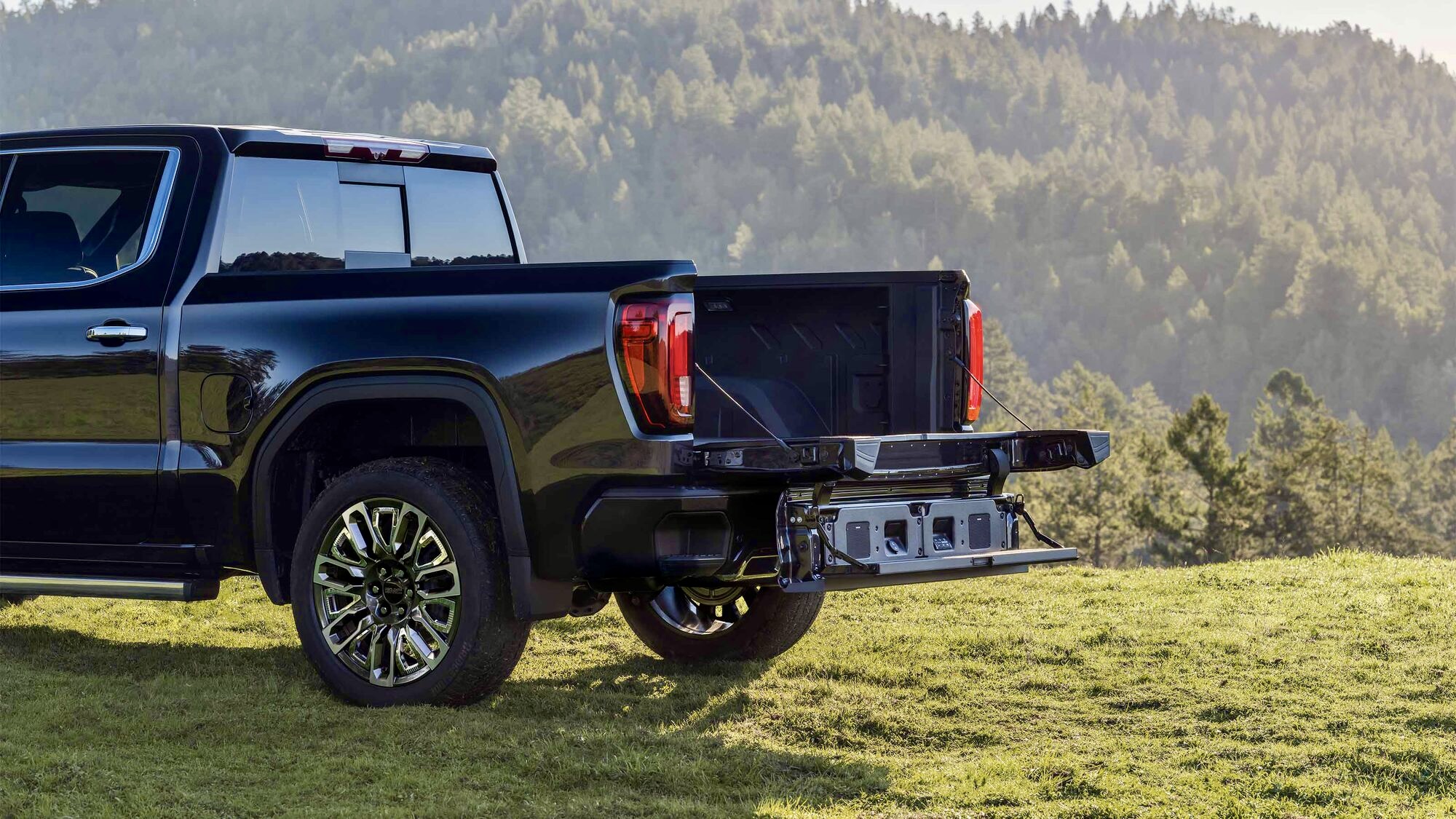


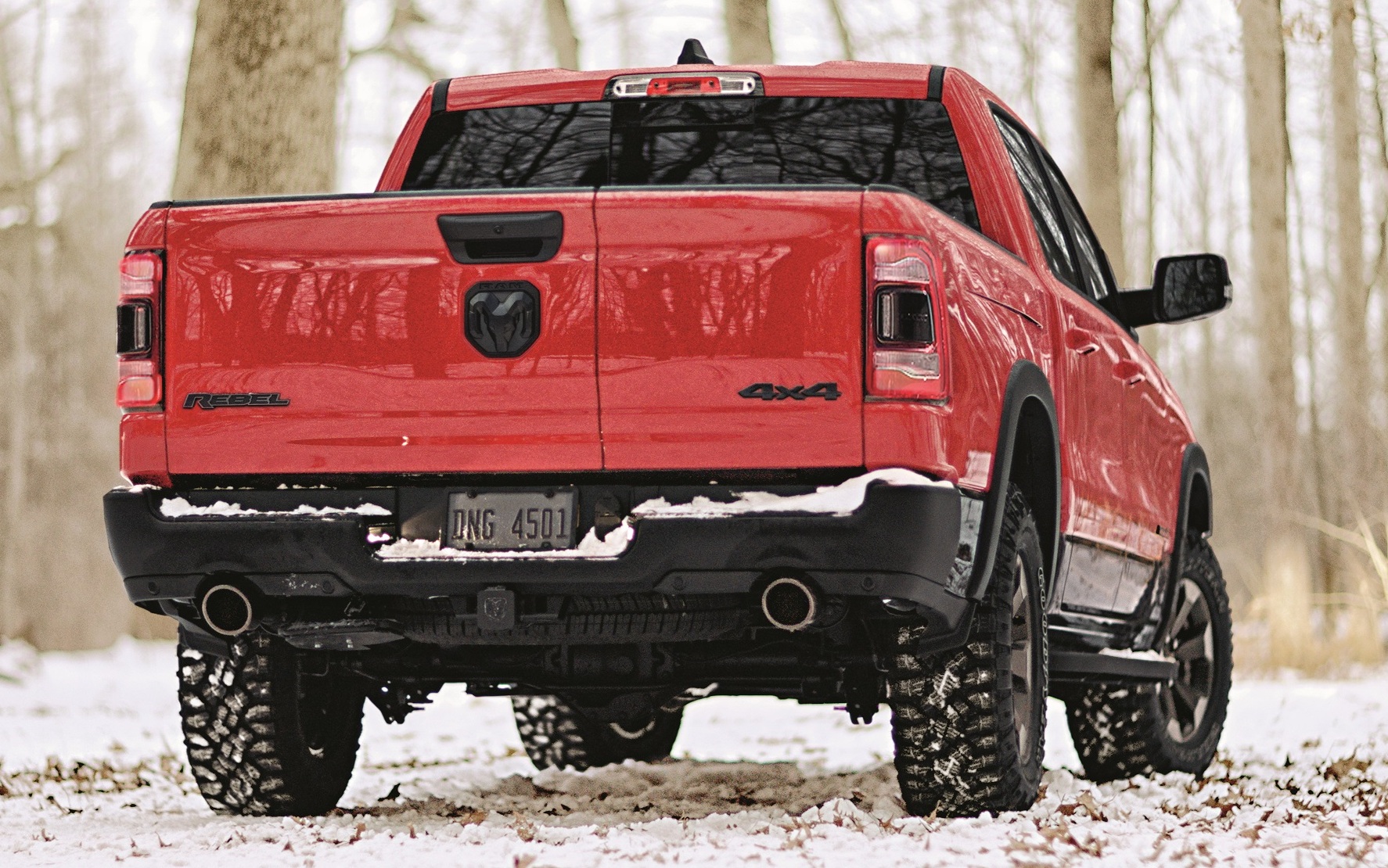






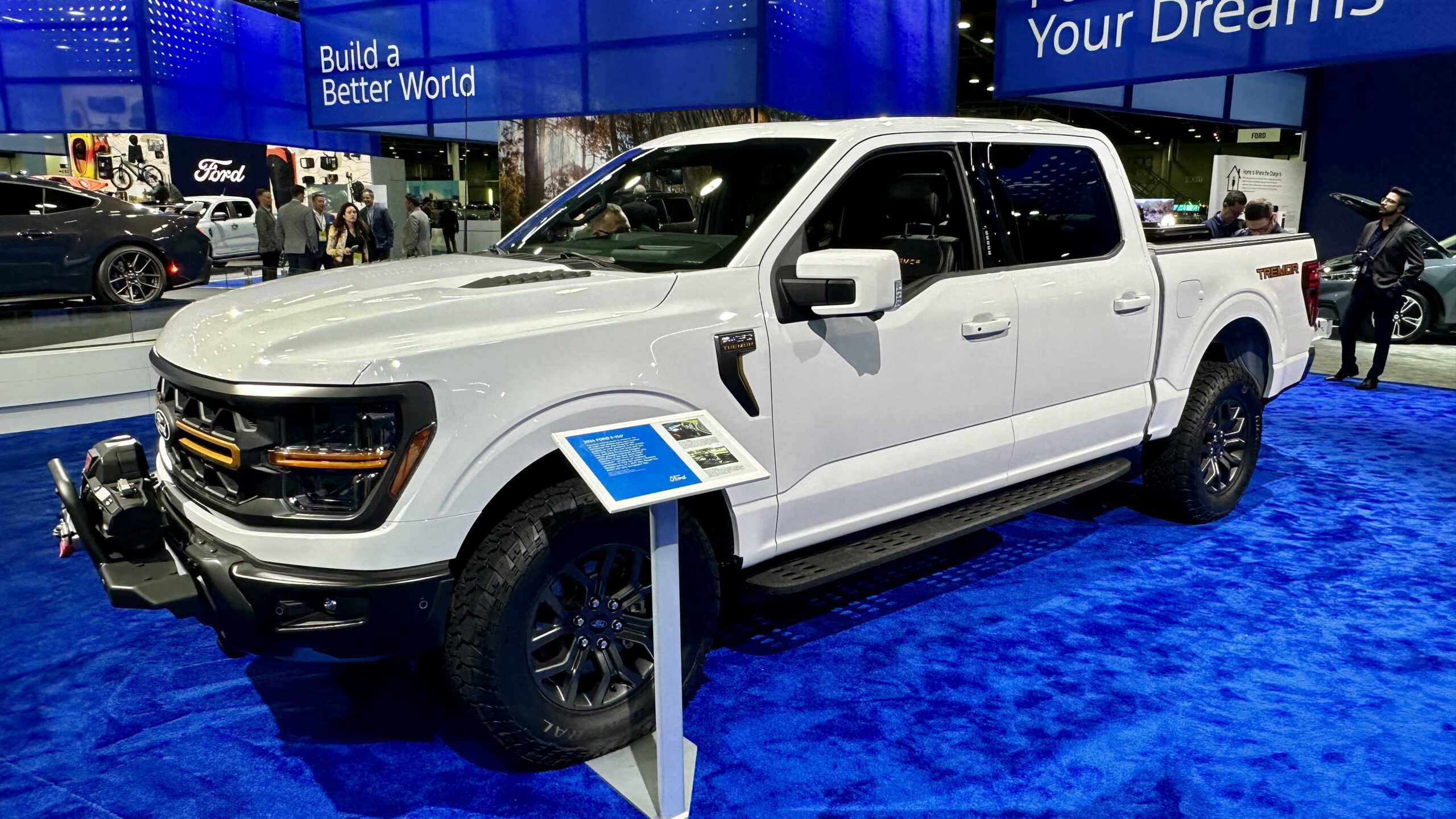
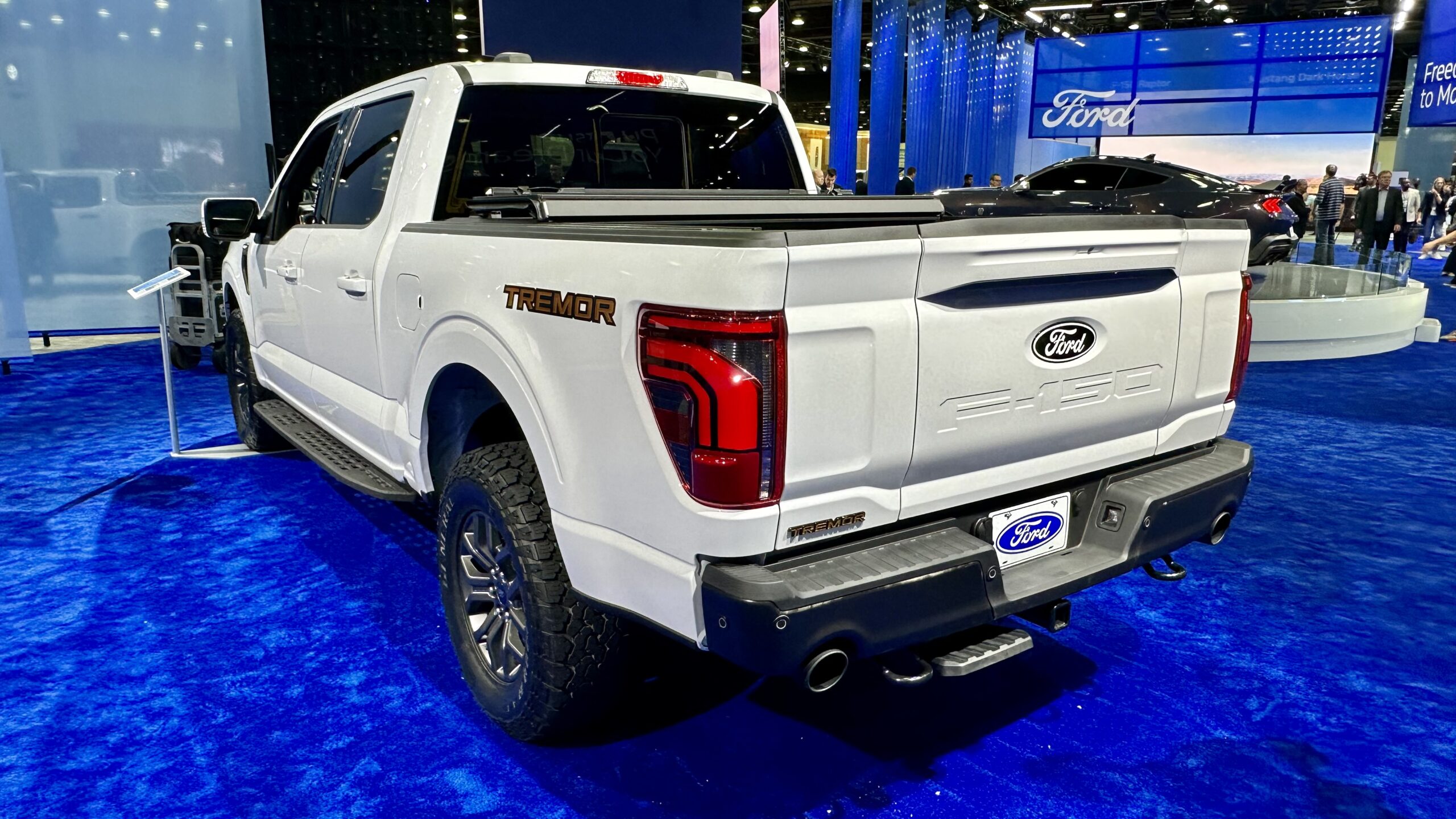
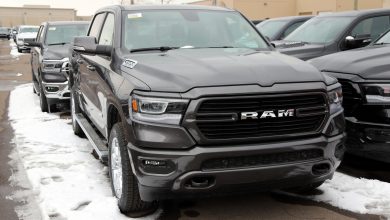
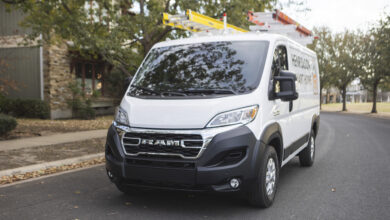
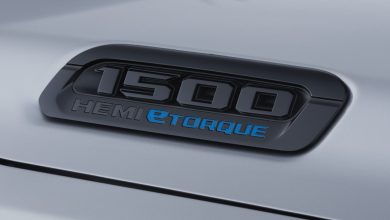
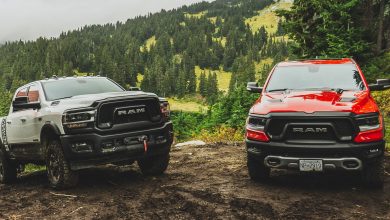
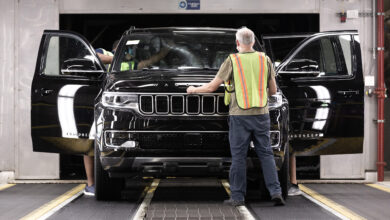
3 replies
Loading new replies...
Join the full discussion at the Mopar Insiders Forum →